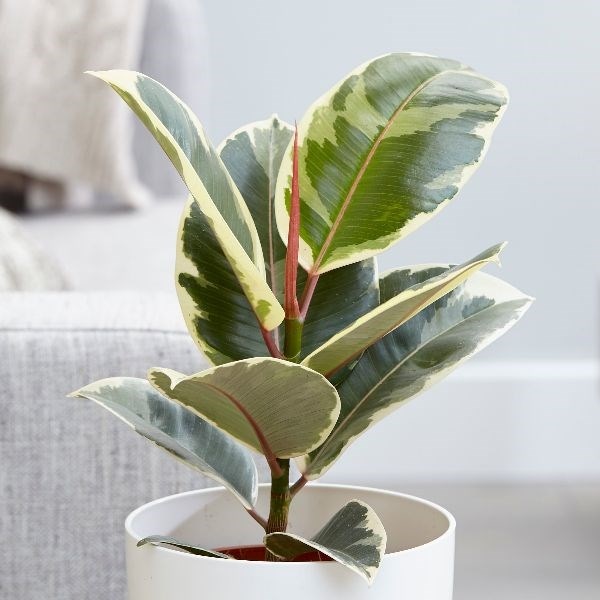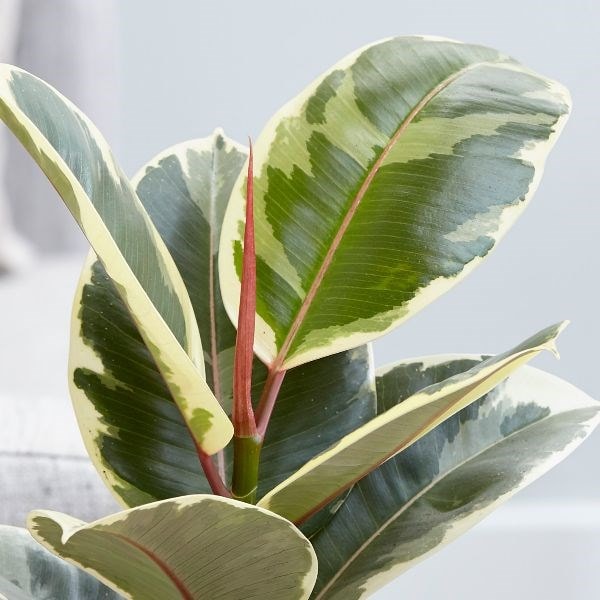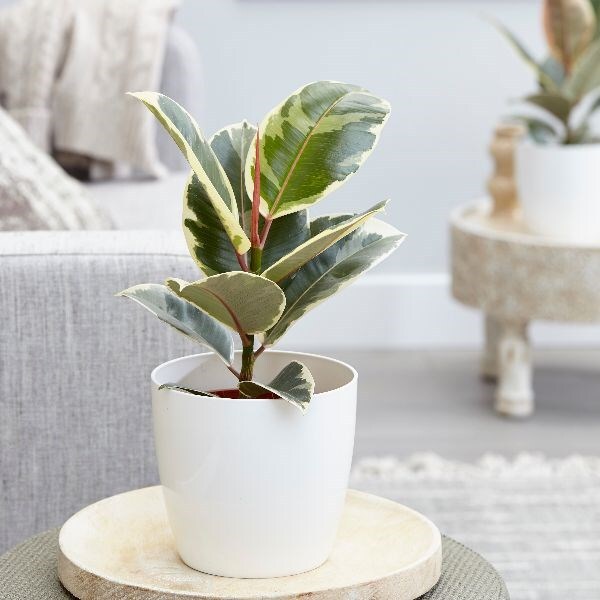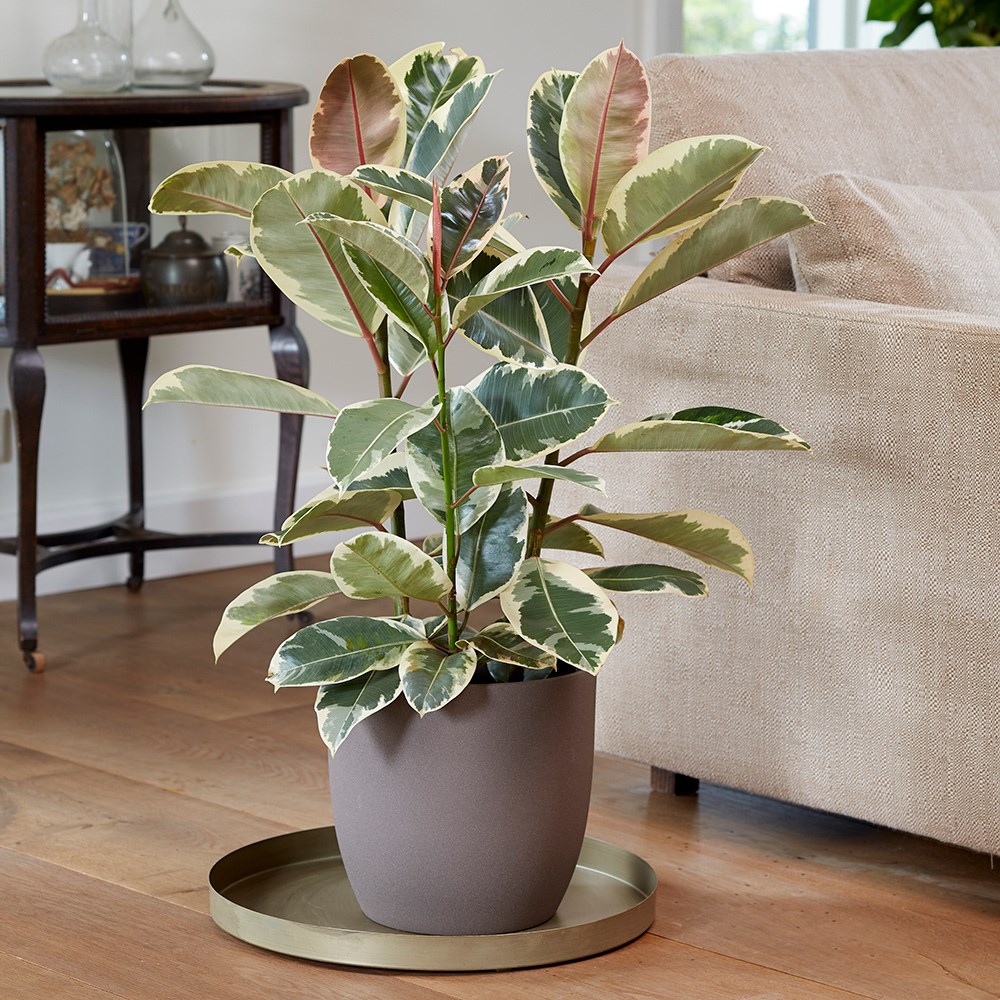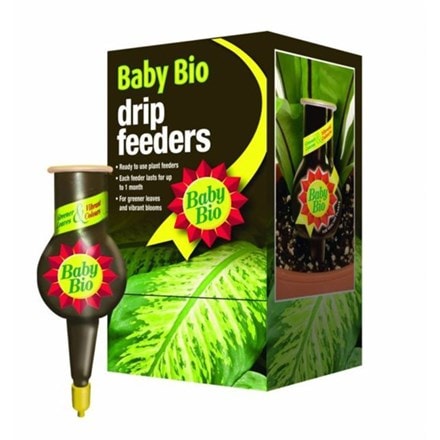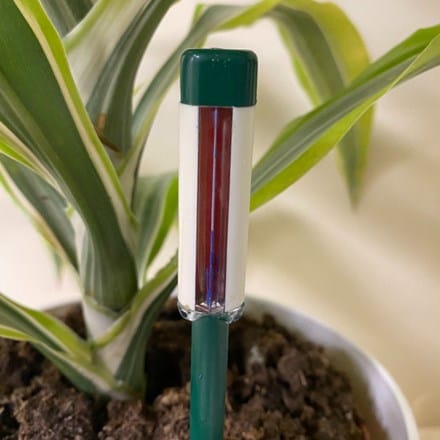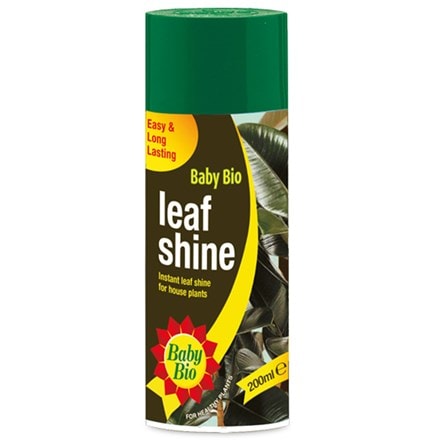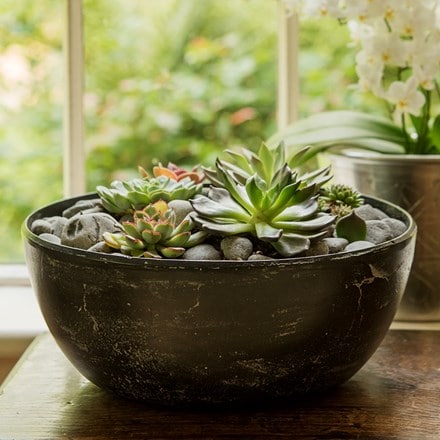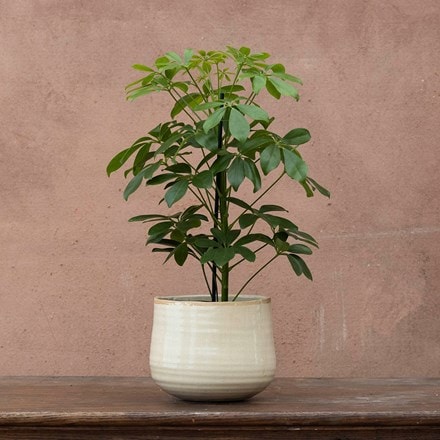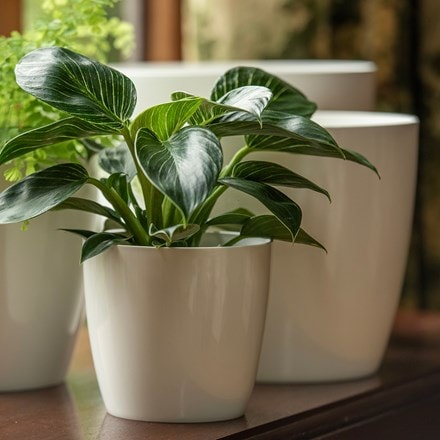Ficus elastica 'Tineke'
rubber plant
- 13cm pot | 40cm tall | 1 stem
- £12.99
- available to order from winter
- 24cm pot | 60cm tall | 3 stems
- £64.99
- available to order from winter
- 13cm pot | with 14cm white pot cover
- £18.48
- available to order from winter
Delivery options
- Standard £5.99
- Position: bright but indirect light
- Soil: general purpose potting compost
- Rate of growth: average
- Hardiness: frost tender
The foliage of Ficus elastica 'Tineke' is quite large, and it is variously patterned in shades of green and cream. This is accompanied by a burgundy flush, which is pronounced when the leaves are newly emerging, but slowly fades as they mature. The overall effect is very colourful, so it works well either as an accent plant, or as part of a mixed indoor arrangement when teamed with plants that have a solid green colouring.
Please note that the pot in the photograph is not supplied with the plant unless ordered at the time of purchase as an option.
Please note that the pot in the photograph is not supplied with the plant unless ordered at the time of purchase as an option.
Ficus elastica is an easy plant to grow if watering is managed carefully. Allow the compost to dry to the touch before watering again, and never let the pot sit in water. While it tolerates average household humidity, you can mist the leaves in summer to boost moisture, and occasionally clean them with a damp sponge or cloth to keep the foliage glossy.
Feed monthly during spring and summer with a balanced houseplant fertiliser. Place in bright, indirect light for best growth, though it will adapt to slightly lower light. Keep temperatures stable, avoiding draughts or sudden fluctuations, and ensure the plant does not drop below a minimum of 12°C (54°F) in winter. Repot every 2-3 years in spring, or refresh and topdress the compost on larger plants, pruning if needed to maintain a neat, bushy habit.
Feed monthly during spring and summer with a balanced houseplant fertiliser. Place in bright, indirect light for best growth, though it will adapt to slightly lower light. Keep temperatures stable, avoiding draughts or sudden fluctuations, and ensure the plant does not drop below a minimum of 12°C (54°F) in winter. Repot every 2-3 years in spring, or refresh and topdress the compost on larger plants, pruning if needed to maintain a neat, bushy habit.
Goes well with
Rough cast oval aluminium bowl - charcoal black
30 × 22 × 12.5cm
£37.99
In stock (shipped within 2-3 working days)
